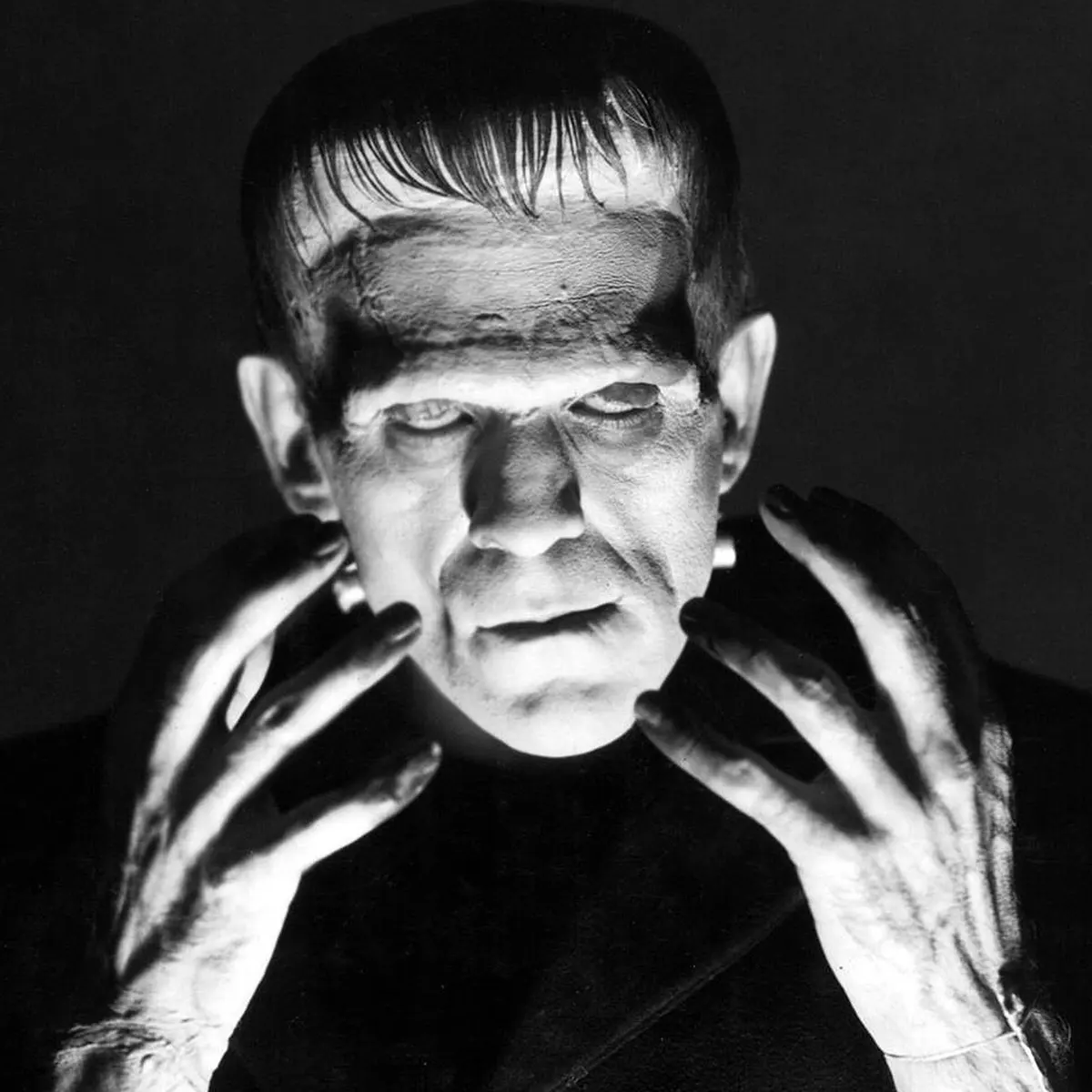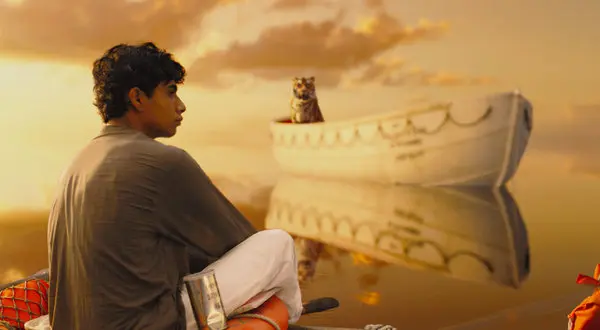Flipped Learning:
Three Prose Writers, the New Poets, and Conclusion: Indian Writing in English
(K R S Iyengar)
Steps to follow:
1. Read the given
material on Three Prose Writers, The New Poets, and The Conclusion.
2. To check your
understanding take the Quiz on each topic
3. Attempt some questions given in the task. You can
answer these questions in your blog and can submit the link in Google
classroom. (For the blog writing: Include all three tasks in one blog, write an introduction about all topics (divide your blog Task-wise), mention all
questions (Task 1, Task 2, and Task 3, and answer any two (per task))
Task 1: Three
Prose Writers
1. To read about
the ‘Three Prose Writers’ – Click here
2. To appear in
the quiz – Click here
3. Answer the
questions given below (Any two)
- 1 Write a
note on S. Radhakrishnan’s perspective on Hinduism.
- 2 The
Autobiography of an Unknown Indian is ‘more of a
national than personal history.’ Explain.
- 3 According to
Radhakrishnan, what is the function of philosophy?
- 4 “Change is
easy, and as dangerous as it is easy, but stagnation is no less
dangerous.” Write a note on Raghunathan’s views of
change.
- 5 Write a note
on Raghunathan’s views of Indian Culture.
Task 2: The New
Poets
1. To read about ‘The New Poets’ – Click here
2. To appear in
the quiz – Click here
3. Answer the
questions given below (Any two)
- 1 “An
Indo-Anglian poet strives for self-expression in English.” Explain.
- 2 Write a note
on how Kaikini differs from other Indian poets in his poems.
- 3 Write about
Suhrawardy’s views about the changing Indian urban culture. (Ref. The Indian
Tragedy by Suhrawardy)
- 4 Write a
critical note on the poems by Nissim Ezekiel
Task 3: The
Conclusion
1. To read about ‘The Conclusion’ – Click here
2. Answer the
questions given below (Any two)
- 1 Write a
note on the changing trends in Post-Independence Indian Writing in English.
- 2 “India is not
a country”, says Raja Rao, “India is an idea, a metaphysic.” Explain with
examples.
- 3 How do the
writers of Post-Independence Indian Writing in English try to project the image
of ‘Mother India’ or "national identity" in their writings? Explain with
examples.
- 4 How is the
quality of “Indianness'' projected by writers of Post-Independence Indian
Writing in English? Explain with some examples.
- 5 What were the
reasons that writers of Post-Independence Indian Writing in English preferred
to write in English rather than their mother tongue? Explain with some
examples.










